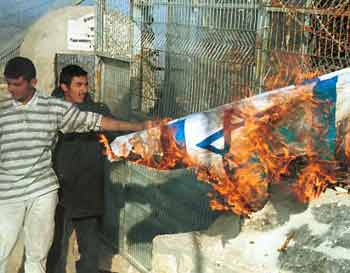Rav Ashi
(352-427 CE)
Rav Ashi (Hebrew: רב אשי) (“Rabbi Ashi”) was a Jewish Talmudist who lived in Babylonia, known as an amora, who reestablished the academy at Sura and was first editor of the Babylonian Talmud. According to a tradition preserved in the academies, Rav Ashi was born in the same year that Rava, the great teacher of Mahuza, died, and he was the first teacher of any importance in the Talmudic Academies in Babylonia after Raba's death.
Rav Ashi not only elevated Sura till it became the intellectual center of the Babylonian Jews, but contributed to its material grandeur also. He rebuilt Rav's academy and the synagogue connected with it, sparing no expense and personally superintending their reconstruction. As a direct result of Rav Ashi's renown, the Exilarch came annually to Sura in the month after the New Year to receive the respects of the assembled representatives of the Babylonian academies and congregations. To such a degree of splendor did these festivities and other conventions in Sura attain that Rav Ashi expressed his surprise that some of the Gentile residents of Sura were not tempted to accept Judaism.
The Tomb of Rav Ashi
 |
According to traditional Jewish belief, the tomb of Rav Ashi is situated on a hill overlooking Kibbutz Manara, Israel. Muslims claim that it is the tomb of a Shi'ite Muslim, Sheikh Abbad, considered a founder of the Shi'ite movement in Lebanon who lived around 500 years ago. When Israel withdrew from South Lebanon in May 2000, the main obstacle holding up the deployment of United Nations peacekeepers along the border was the allocation of this disputed site. It was among the last to be settled between Israel and Lebanon. One option was to erect a barricade around the tomb to prevent Muslims and Jews from visiting the site. Subsequent to the Blue Line drawn by the United Nations, the border fence cuts through the middle of the disputed tomb. In August 2000, it was reported in the Jordan Times that fifteen unarmed Hezbollah fighters in civilian clothes knelt in prayer at the tomb. After prayers, the fighters chanted slogans such as “Death to Israel! March! March on Israel.” The militants also chanted the praises of Ayatollah Ruhollah Khomeini, the late leader of Iran's Islamic Revolution, and Hezbollah leader Sheikh Hassan Nasrallah. UN peacekeepers who guard the tomb made no attempt to interfere with the fighters, who left after 15 minutes.
Sources: Jewish Encyclopedia, Wikipedia


